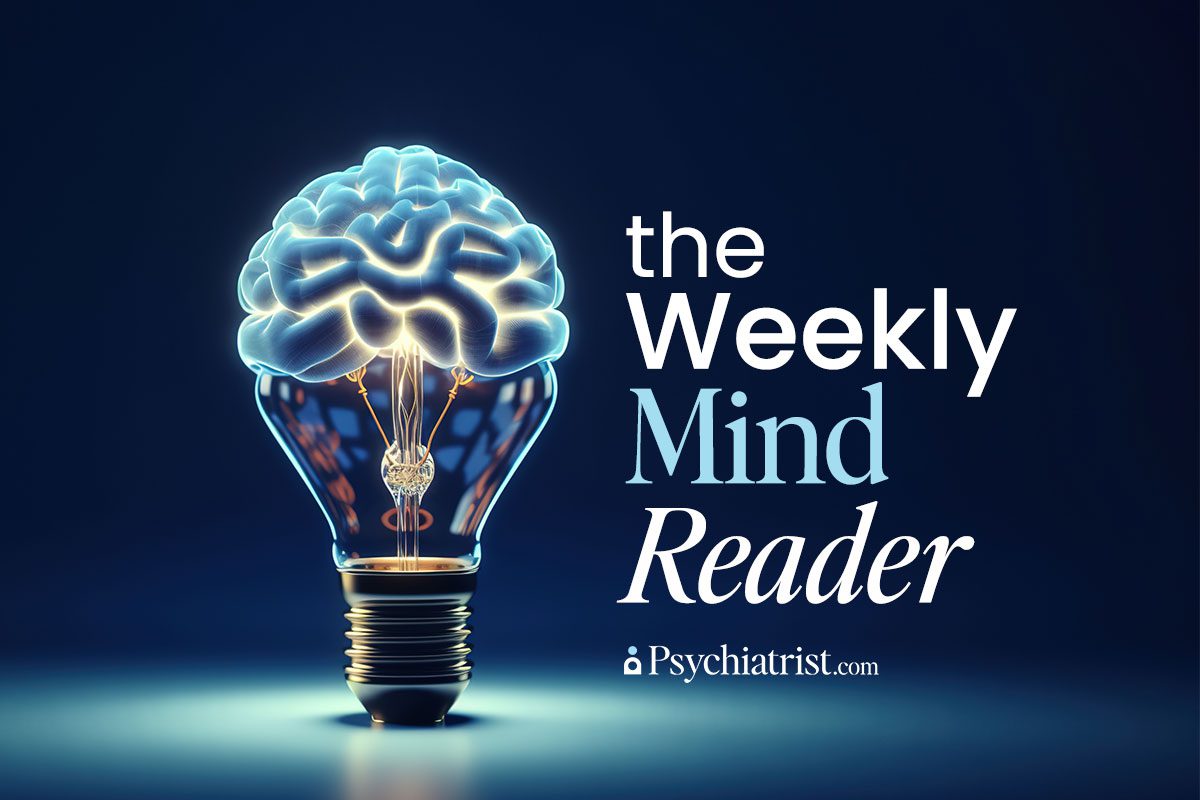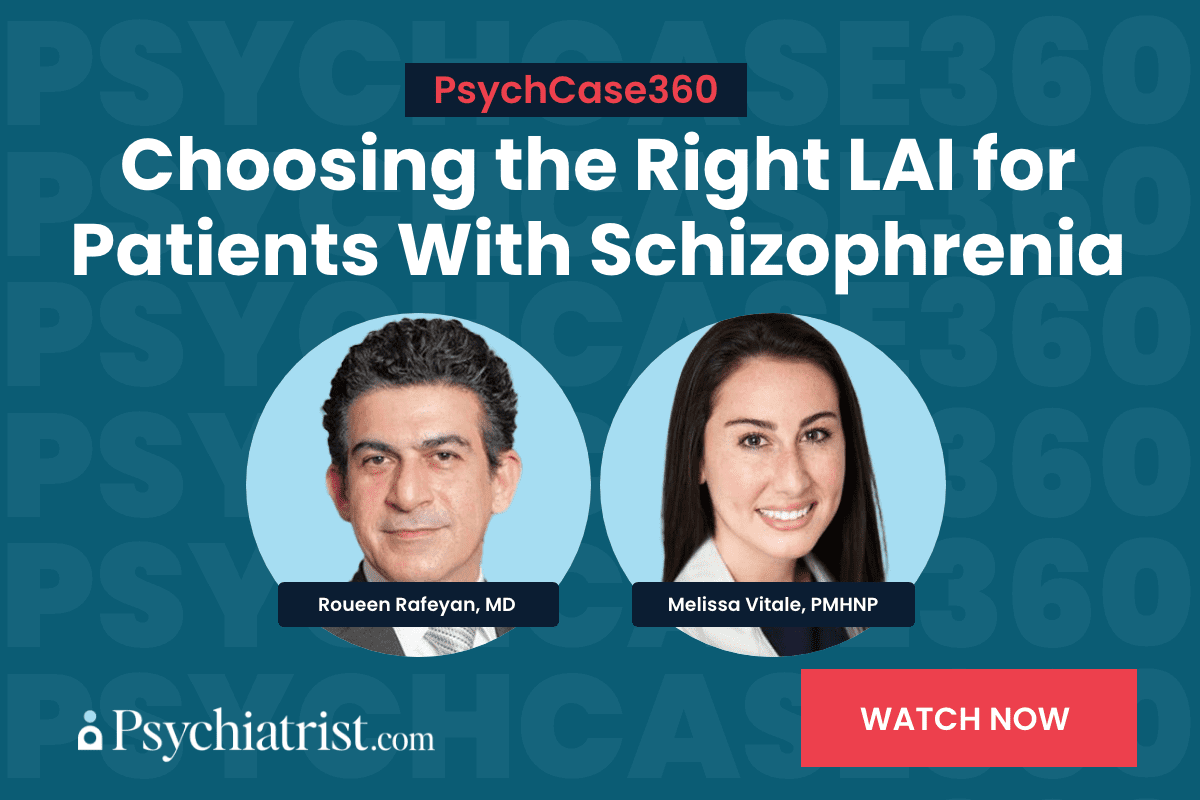If medical research has shown us anything, it’s that relief can be found in the unlikeliest of places. Botox and penicillin are just two of many examples of “accidental” discoveries that lead researchers into new, game-changing directions. In that same vein, new research has found that amlodipine, a common blood pressure drug, shows promise as a potential new treatment for attention-deficit/hyperactivity disorder (ADHD). This could blaze the trail for other therapeutic options since existing ADHD treatments often come shackled to adverse side effects, high abuse potential, and a 25 percent non-response rate.
“Repurposing amlodipine, a well-established blood pressure medication, offers a promising and swift pathway to address ADHD symptoms,” Matthew Parker, PhD, associate professor of neuroscience and behavioural analysis at the University of Surrey, explained. “Our research indicates that, due to its existing approval and safety profile, amlodipine could be rapidly redeployed as a treatment option for ADHD, potentially providing relief to patients sooner than developing new medications.”
A Better Way to Treat ADHD?
The prevailing treatment protocol includes stimulant drugs, such as methylphenidate and amphetamines. But these also risk side effects, ranging from a subdued appetite, to insomnia to even cardiovascular complications – not to mention their high potential for abuse. With so many patients not responding to drugs already on the market, researchers have been on the hunt for treatments that could offer better (and safer) symptom management.
The international team of researchers, hailing from Germany, Iceland, and the United Kingdom, considered the potential of amlodipine, an L-type calcium channel blocker typically prescribed to treat hypertension, as a new starting point for developing a new ADHD therapeutic. Their research merged data from animal models and human genetic data to assess the drug’s efficacy in alleviating ADHD symptoms.
What they found showed that amlodipine curbed hyperactivity in Spontaneously Hypertensive Rats (SHR), a traditional mammalian ADHD model. Additionally, the drug effectively relieved hyperactivity and impulsivity in genetically modified zebrafish.
Crucially, the researchers found that amlodipine migrates across the blood-brain barrier, influencing neural activity by reducing telencephalic activation. This, the paper’s authors insist, suggests that the drug alters the brain circuits tied to ADHD symptoms.
Methodology
To back up their findings, the researchers used Mendelian Randomization analysis, a genetic technique that assesses the causal relationship between specific genes and disorders. Their results hinted at a notable link between ADHD and genetic variations in L-type calcium channel subunits.
Additionally, the polygenic risk score analysis revealed that individuals with a high genetic predisposition to ADHD showed symptom improvement after a dose of amlodipine.
Unlike traditional stimulants, amlodipine boasts a well-tolerated safety profile, and has already earned FDA approval. And it’s also available as a generic, making it an affordable option for widespread use.
Even better, its mechanism of action — modulating L-type calcium channels — suggests a new therapeutic avenue distinct from the dopamine-centered approach of conventional ADHD drugs.
The study also examined the broader effects of L-type calcium channel blockers on ADHD symptoms. The team tested a dozen other antihypertensive LTCCBs in a zebrafish hyperactivity model and found that while several showed similar effects to amlodipine. However, their neurotoxicity levels fluctuated as the researchers ramped up the dosage. This, they said, shows that amlodipine’s effect on L-type calcium channels, rather than general antihypertensive properties, explains its therapeutic effects on ADHD symptoms.
Moving Forward
While these results certainly show potential, the authors recognize the need for more research if caregivers want to convert this revelation into a clinical application.
The researchers argue that next steps should include clinical trials. If successful, this could spark a paradigm shift in ADHD treatment, by offering a non-stimulant option for those who don’t respond to (or simply can’t tolerate) existing drugs.
This discovery reinforces just how important it is that researchers keep looking at repurposing existing treatments. With its solid safety profile and encouraging preclinical data, amlodipine could represent a huge breakthrough in the quest for more effective ADHD treatment.
Further Reading
Young Adults With Attention-Deficit/Hyperactivity Disorder: Does Parenting Still Matter?
ADHD’s Fluctuating Nature Challenges What We Think We Know
Management of Adolescents and Young Adults With Attention-Deficit/Hyperactivity Disorder


